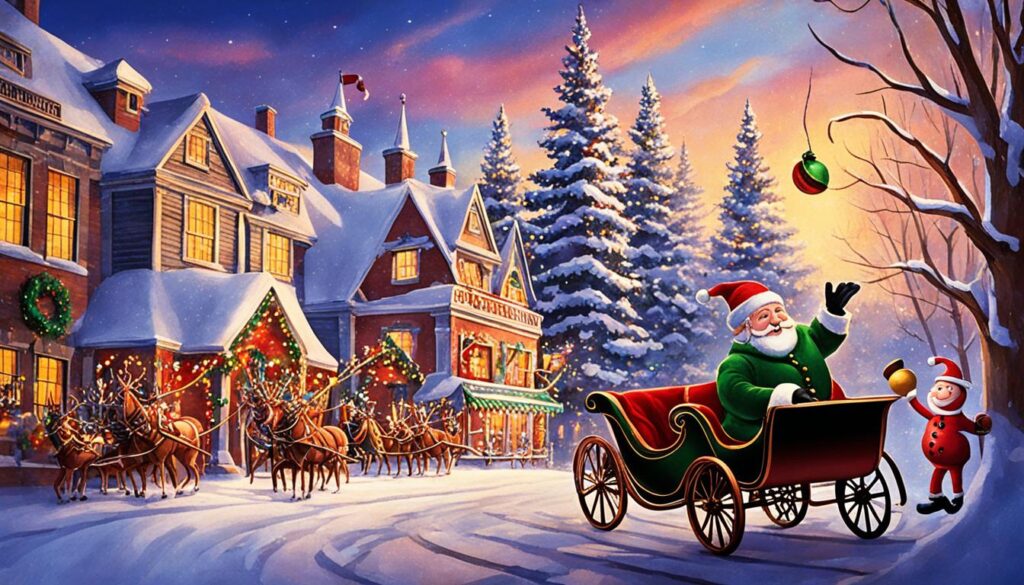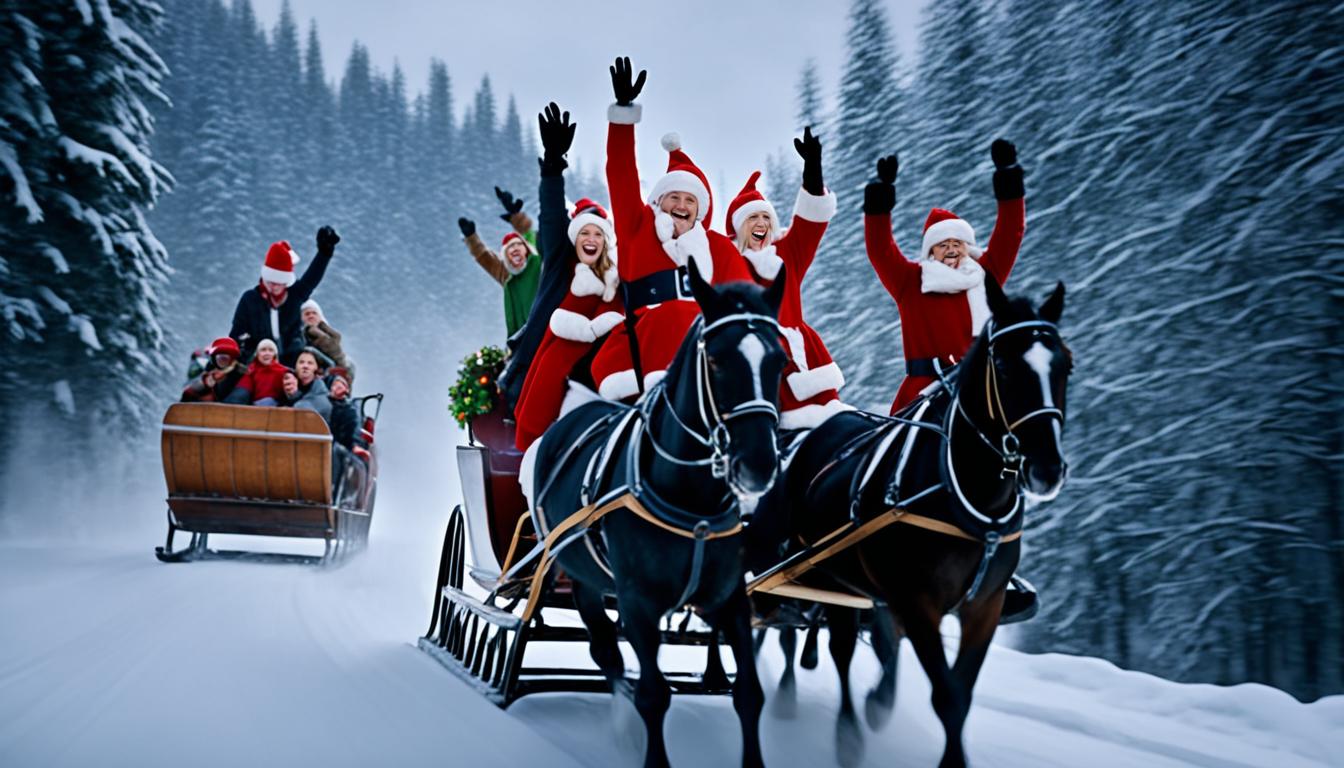It may come as a surprise to many, but the beloved holiday classic “Jingle Bells” was not initially composed as a Christmas song. The tune, which has become synonymous with the festive season, actually has a fascinating history that predates its association with Christmas. James Lord Pierpont, the composer behind this iconic melody, had a different inspiration in mind when he put pen to paper in 1857.
Originally published under the title “One Horse Open Sleigh,” the song was inspired by the popular sleigh races of the 1800s. Pierpont’s composition captured the excitement and joy of these winter events, with its lively rhythm and memorable lyrics. Interestingly, the song makes no mention of Christmas or any of the holiday’s traditional themes.
The first performance of “Jingle Bells” took place not during the Christmas season, but in a church by a Sunday school class. Some speculate that the song may have been intended as a Thanksgiving song or even a drinking song, given its lighthearted nature and lack of religious references. It wasn’t until the 1860s and 1870s that the song began to be associated with Christmas, gradually becoming a staple of the holiday season.
Key Takeaways
- Jingle Bells was not originally written as a Christmas song
- James Lord Pierpont composed the song in 1857, inspired by popular sleigh races
- The song was first performed by a Sunday school class, possibly as a Thanksgiving or drinking song
- Jingle Bells became associated with Christmas in the 1860s and 1870s
- The song contains no mention of Christmas or religious themes
The Surprising History of Jingle Bells
The beloved Christmas song “Jingle Bells” has a fascinating and unexpected history that dates back to the mid-19th century. The tune was composed by James Lord Pierpont, a man whose life was filled with adventure and controversy. Born in 1822, Pierpont hailed from a prominent Boston family, but he was far from a conventional figure.
At the tender age of 14, Pierpont ran away from boarding school to join the crew of a whaling ship, embarking on a life of excitement and risk. He later participated in the California Gold Rush, seeking his fortune in the wild west. Despite his family’s strong abolitionist views – his father even served as a Unitarian church pastor and Union chaplain during the Civil War – Pierpont supported the Confederacy, enlisting with the Confederate Army’s 1st Georgia Cavalry.

The exact origins of where Pierpont penned “Jingle Bells” remain a matter of debate. Both Medford, Massachusetts and Savannah, Georgia claim the song was written in their respective cities. Some accounts suggest Pierpont composed the tune in Medford around 1850, inspired by the town’s popular sleigh races. Others argue that he wrote it in Savannah as a piece for a Sunday school Christmas program. The true story may never be known with.
After the Civil War, Pierpont remained in the South, spending his final years in Florida before passing away in 1893. His legacy lives on through the enduring popularity of “Jingle Bells,” a song that has transcended its origins to become a cherished Christmas classic enjoyed by millions around the world.
The Evolution of Jingle Bells into a Christmas Staple
Despite its lack of original connection to the holiday season, “Jingle Bells” became inextricably linked with Christmas music and winter celebrations in the 1860s and 1870s. The song’s lively melody and lyrics evoking images of sleigh rides through snowy landscapes captured the imagination of the public, solidifying its place in the canon of beloved seasonal tunes.
In 1889, “Jingle Bells” made history as the first Christmas record when it was captured on an Edison cylinder, marking the beginning of its enduring legacy in holiday recordings. Over half a century later, in 1943, the iconic duo of Bing Crosby and the Andrews Sisters further cemented the song’s popularity with their rendition, which reached #19 on the charts and sold over a million copies.
The influence of “Jingle Bells” extended beyond Earth’s atmosphere in 1965 when astronauts Tom Stafford and Wally Schirra of the Gemini 6 mission broadcast the tune from space as part of a Christmas-themed prank. This momentous event not only showcased the song’s universal appeal but also underscored its ability to spread joy and merriment across vast distances.
Today, “Jingle Bells” remains an indispensable part of Christmas music collections, its cheerful notes evoking nostalgic memories of winter celebrations and sleigh rides through the snow. The song’s evolution from a simple winter melody to a cherished holiday classic stands as a testament to its timeless charm and ability to bring people together in the spirit of the season.

Leave a Reply